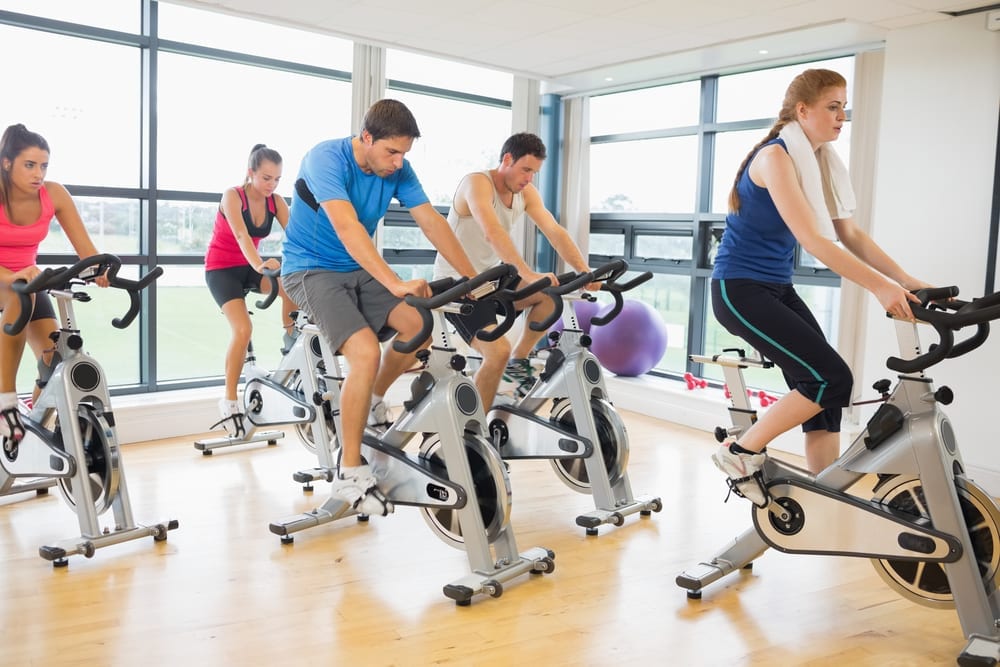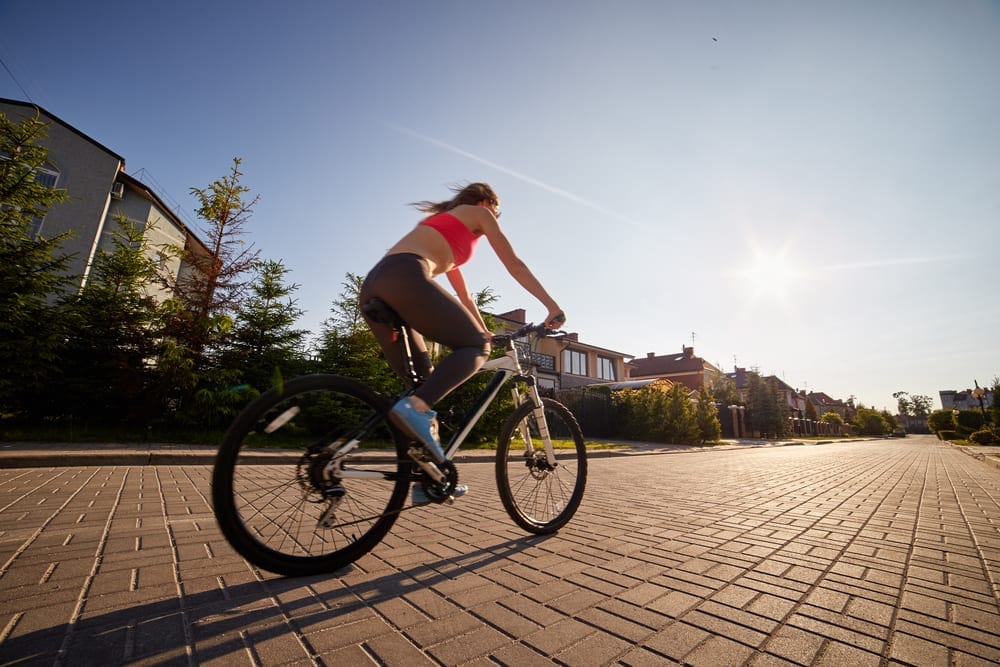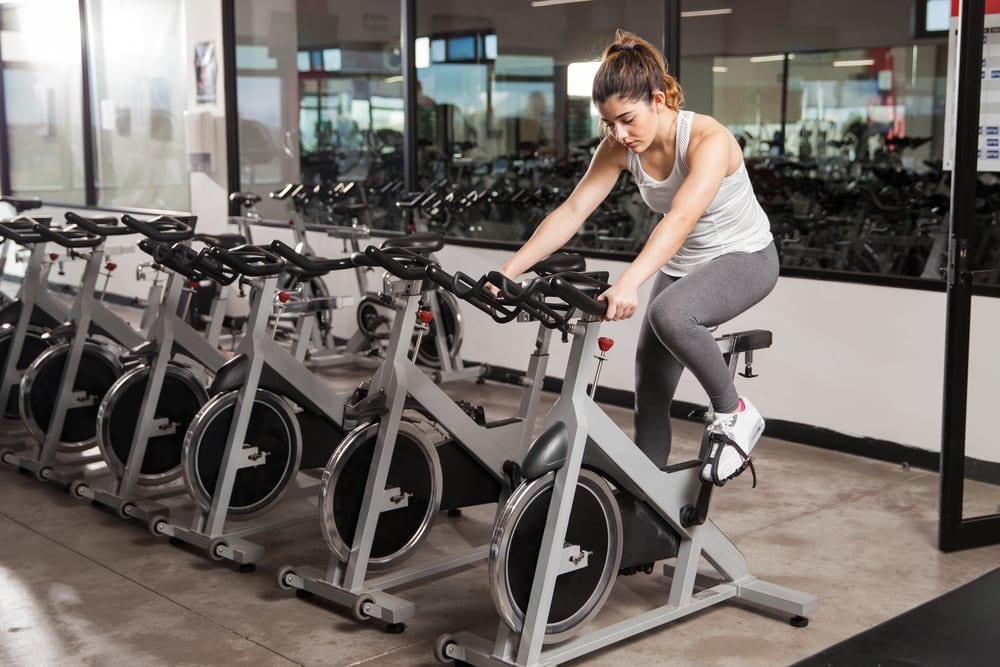Changing perspectives and getting the best out of both worlds instead of contemplating which is best. Don’t fall into the trend of “following the best” and missing the opportunity of further gains.
In every training program, a variety of methods can be found beneficial. But choosing the best one and actually sticking to it can sometimes be impossible due to different circumstances. Cycling as a sport involves a lot of technicalities to focus on in order to train on it on a competitive level. So how does one weigh the pros and cons between cycling indoors and outdoors?
I’d like to focus on the advantages both indoor and outdoor cycling has to offer. To really delve how both training methods can be put into a cyclist’s advantage.
Indoor cycling pros
Training on recumbent bikes (like Schwinn 270) or indoor trainers wouldn’t hurt your gains unless you specifically focus on them instead of training outdoors. It may not be as effective as training with a real bike but it can be used to a cyclist’s advantage.

PROS:
- Precision – Focusing on a specific intensity can be challenging outdoors. With indoor trainers, setting a precise level of effort in order to generate a consistent level of power is as easy as pressing buttons.
- Heart rate training – HR monitoring is easier when riding indoors as a steady pace can be achieved. Monitoring heart rate is fundamental especially for beginner cyclists. An average rider can get better cardio training from indoor bikes as speed and effort is more controlled.
- Safety – Training on different weather conditions definitely builds a good athlete, but it doesn’t mean turning a blind eye to possible safety hazards. There may also be days when the only available time for training is on the wee hours, which can be relatively unsafe for outdoor riding.
- Recovery – Injuries can be quite common to every sport there is. Sprains and broken bones can significantly affect a cyclist’s training program. While major injuries could mean a total no-no to riding a bike, those with minor injuries might still be able to safely train while recovering as long as it is allowed by their physicians.
- Convenience – Riding outdoors requires preparation—safety gears, refreshments, and other items depending on the planned session and location. Training indoors provides the convenience of staying at home or visiting a local gym at most. Training intervals and rest periods can be easily planned as well.
- Multi-tasking – When working on a comfortable pace, I can get the chance to do some other activities like watching TV or checking my mails and messages on my phone while training for endurance. Since the bike is stable, there is no need to focus on balance and pedaling easily comes from muscle memory. Enjoying my favorite playlist is also favorable as I don’t have to pay attention to any environmental hazards compared to outdoor cycling.
Outdoor cycling pros
Riding outdoors means variations in terrain, balancing the bike, synchronizing body rhythm, and temperature changes.

PROS:
- Technique – Riding on a “real bike” improves “real riding” techniques. I can use indoor trainers and set varying levels of intensity but it can’t help me develop techniques in cycling on different terrains. The sensory stimulation from outdoor riding can’t be acquired from indoor training.
- Fitness – A higher fitness level can be achieved outdoors due to more muscle involvement and better cardiovascular response, unless you’re merely cruising most of the cycling time. A more experienced cyclist can achieve a higher heart rate on an outdoor setting.
- Environment – Hills, rocky roads, muddy roads and everything the Earth can offer. Different terrains call for different riding techniques and muscle control. Riding uphill and downhill gives a good experience as well. Weather condition, wind and temperature changes add up to the challenge contributing to a total physical and mental conditioning.
- Experience – Every outdoor ride is a different experience. That’s why outdoor cycling requires more focus and attention to the surroundings. I feel more mental stimulation and enjoyment from cycling outdoors.
- Vitamin D – Vitamin D activation from the sunlight is a bonus! It helps to keep the bones strong and improves immunity which is particularly important for cyclists.
To simply put it, static bikes can’t substitute riding an actual bike; I find it as a totally different experience. Riding outdoors on a real bike recruits more muscles to maintain balance and adapt to changes in terrain. There’s a reason why bike-based cycling training plans are almost 100% outdoor cycling. It doesn’t mean indoor trainers can’t contribute to a bikers training program, it can still help train stamina especially on days when riding outside isn’t safe or conducive, or for cyclists with minor injuries. It also helps a cyclist focus on speed and intensity.
Evolving technology has also introduced virtual reality training. A gaming technology syncs the bike to a computer program and screen to be able to cycle in a 3D world that replicates an outdoor setting. Though it can’t mimic a real outdoor experience, it provides users some spice in cycling indoors.
Related Study
A study was conducted by Mieras, ME; Heesch MW; and Slivka DR entitled “Physiological and psychological responses to outdoor vs. laboratory cycling.” to compare different physiological and psychological factors in laboratory and outdoor 40 km cycling trials. 12 male cyclists participated in the experimental trials where they were asked to give the same perceived effort for both indoor and outdoor trial settings. Results of the trials showed that outdoor cycling allowed a higher intensity exercise compared to laboratory cycling. Therefore, higher exertion on indoor cycling may be required in order to achieve benefits comparable to outdoor cycling.
https://www.ncbi.nlm.nih.gov/pubmed/24476776?report=abstract
Conclusion
Different perspectives on which is better can be quite confusing as supporters of both indoor and outdoor cycling have points we could all agree on. Cycling is an outdoor sport and going outdoor is just its nature. I believe that outdoor training is still the more effective bike-related training compared to indoor training. But the benefits of being able to train the technical aspects of biking with the use of indoor trainers can’t simply be ignored. So why not enjoy the best of both worlds?
Author Bio

Johnny Anderson is the founder of Cyclistblog.net, where you can find all the articles about cycling such as the guides to help you identify the best bike from the market, the essential features, tips for you to use the bike in the most effective way.








